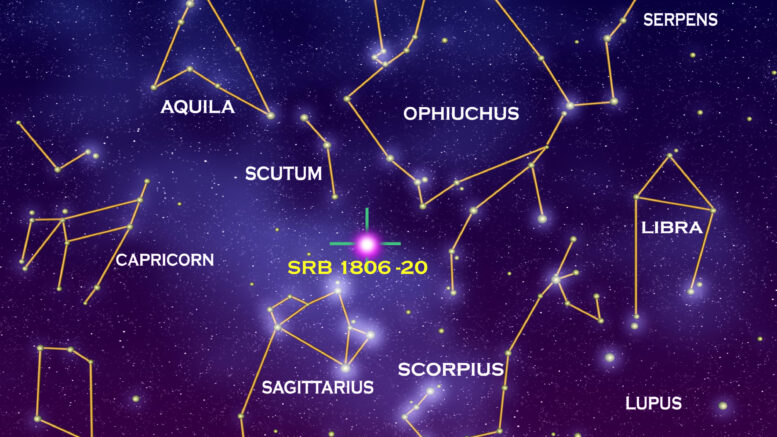What are the 5 largest constellations that one can see from the Pacific Northwest? This is a great question as the largest constellations visible from the Pacific Northwest happen to be the largest constellations in the sky. However, these are not necessarily native to the northern hemisphere, as Hydra, Virgo, and Cetus are considered Southern Constellations.
Here is a summary of the largest constellations visible in the Pacific Northwest.
| Constellation | IAU Rank | Best Time To View | Where In The Sky | Interesting Fact |
| Hydra | 1st | March/April | Southern Sky Close To Horizon | Hindu and Chinese astronomers had myths related to these stars |
| Virgo | 2nd | May | Southern Part Of The Sky | The ecliptic intersects the celestial equator within this constellation. Spica is an easy way to find it. |
| Ursa Major | 3rd | April | Directly Overhead | This is part of the Big Dipper. |
| Cetus | 4th | November | Southern Sky Close To Horizon | Cetus is in the region of the sky that contains other water-related constellations. |
| Hercules | 5th | July | Overhead/Mid-sky | Hercules has no first or second magnitude stars |
Interesting Trivia:
The largest northern constellations are Ursa Major, Hercules, Pegasus, Draco and Leo, all of which are visible from the Pacific Northwest.
All of these listed were known to the Greek, listed by Ptolemy in his Almagest in the 2nd century AD. They have been known since ancient times. The largest constellation that has not been known since antiquity is Lynx.
To find out which ones have Messier objects, check out this article. For a different spin on things, check out this article from astronomy.com.

Be the first to comment on "Top 5 Largest Constellations Visible From The PNW"